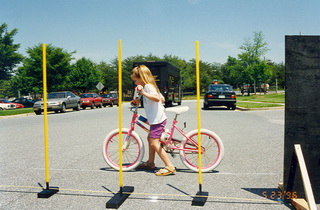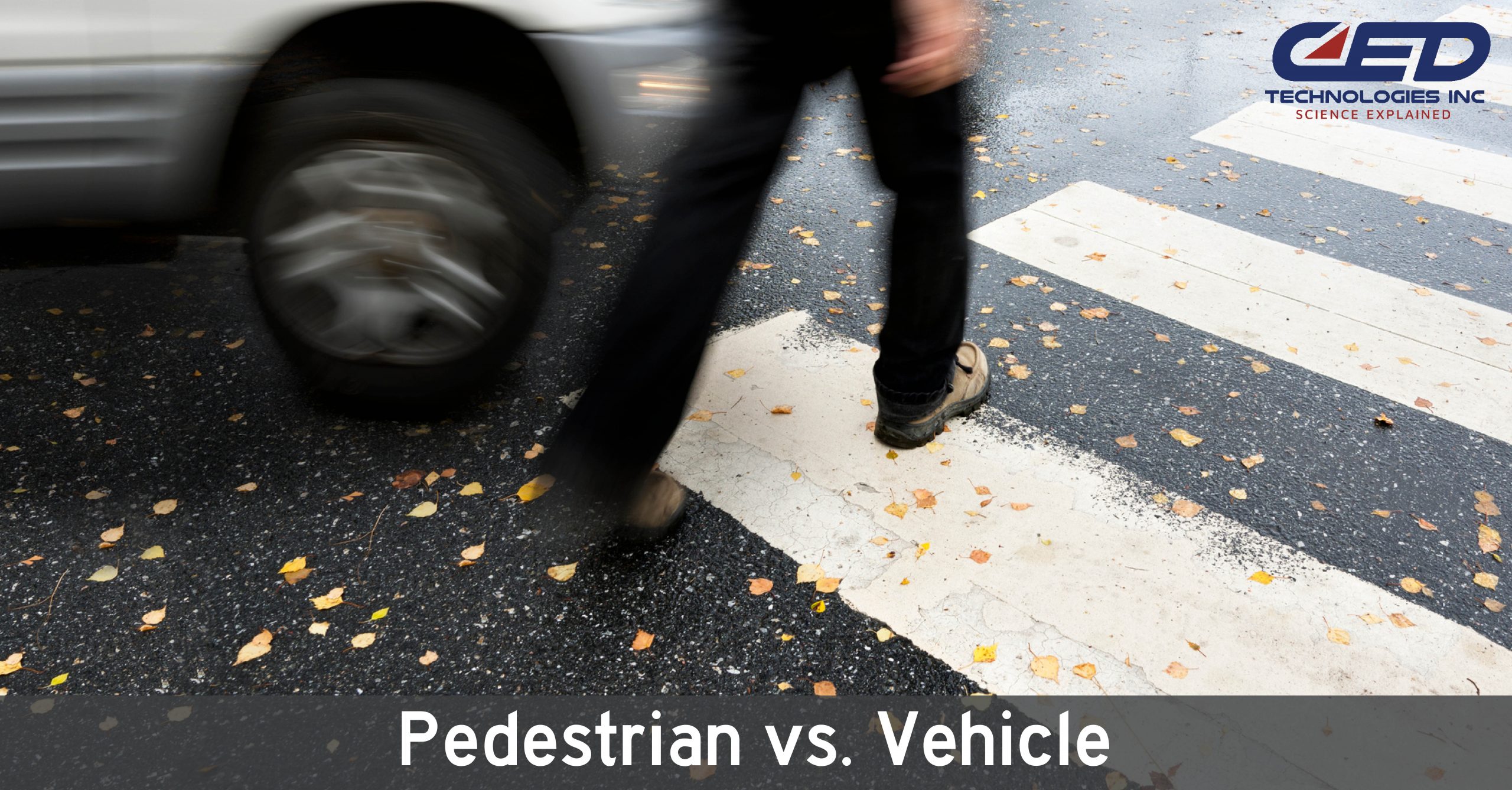Investigating Vehicle-Pedestrian Accidents
According to the United States Department of Transportation, a pedestrian is involved in an accident with a vehicle on U.S. roadways every seven minutes. That works out to over 75,000 vehicle-pedestrian accidents a year. About half of these accidents result in death. So what should be considered when reconstructing a vehicle-pedestrian collision? What variables are involved?
Reconstruction of collisions between vehicles and pedestrians requires a different approach than collisions between vehicles. There are many obvious variables to look at, such as speed of vehicle at impact, whether the driver saw the pedestrian or the involvement of drugs or alcohol.
Other important aspects to consider involve the vehicle-pedestrian contact interaction and the motion of the vehicle and pedestrian following the impact. These factors depend on vehicle design (a sports car vs. a box truck), the height and weight of the pedestrian, what the pedestrian was doing (jogging vs. cycling) and the relative position of the pedestrian to the vehicle at impact.
These factors result in several different motions of the pedestrian after impact. These motions are commonly described as forward projection, wrap, carry, roof vault and fender vault. Different injuries (in nature and severity) are associated with the different motions. Thorough accident reconstruction and analysis can pinpoint how the collision impact occurred and help build a better case






